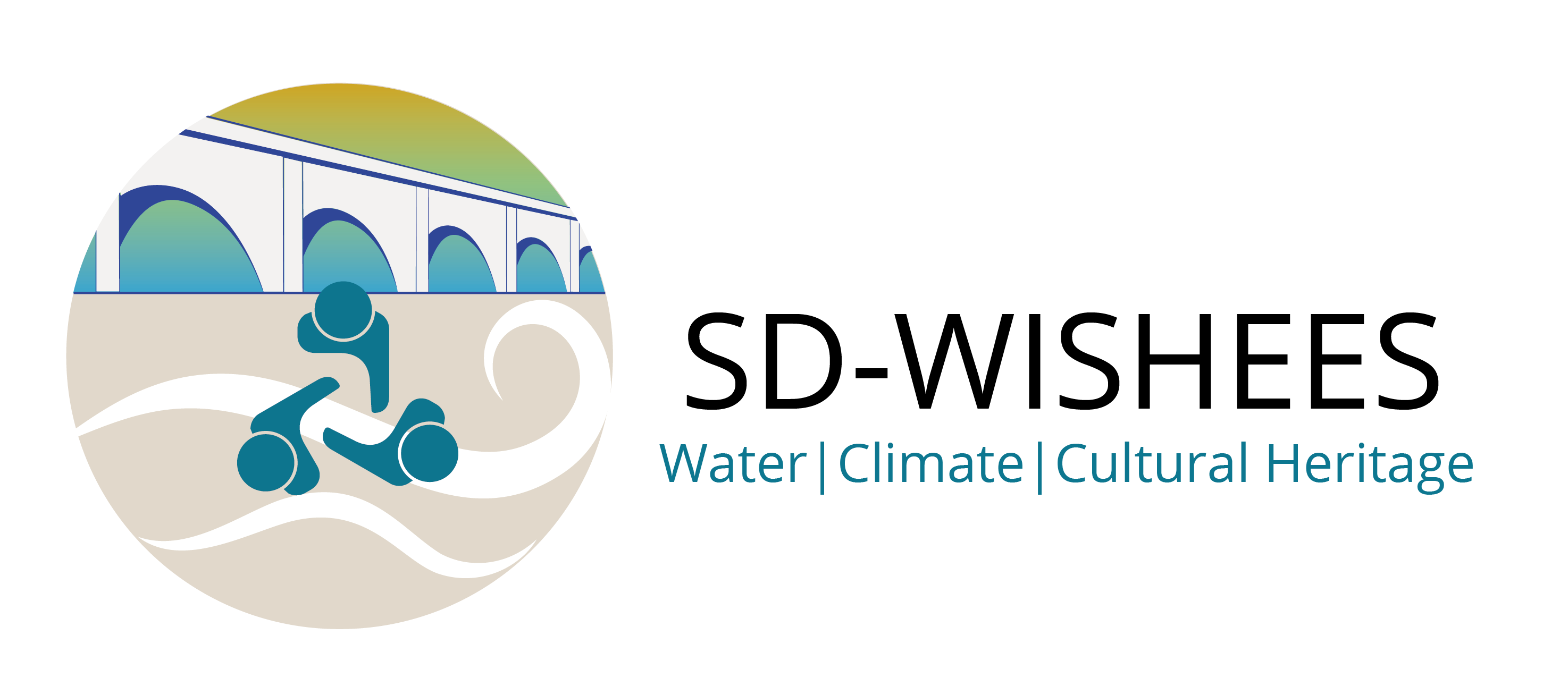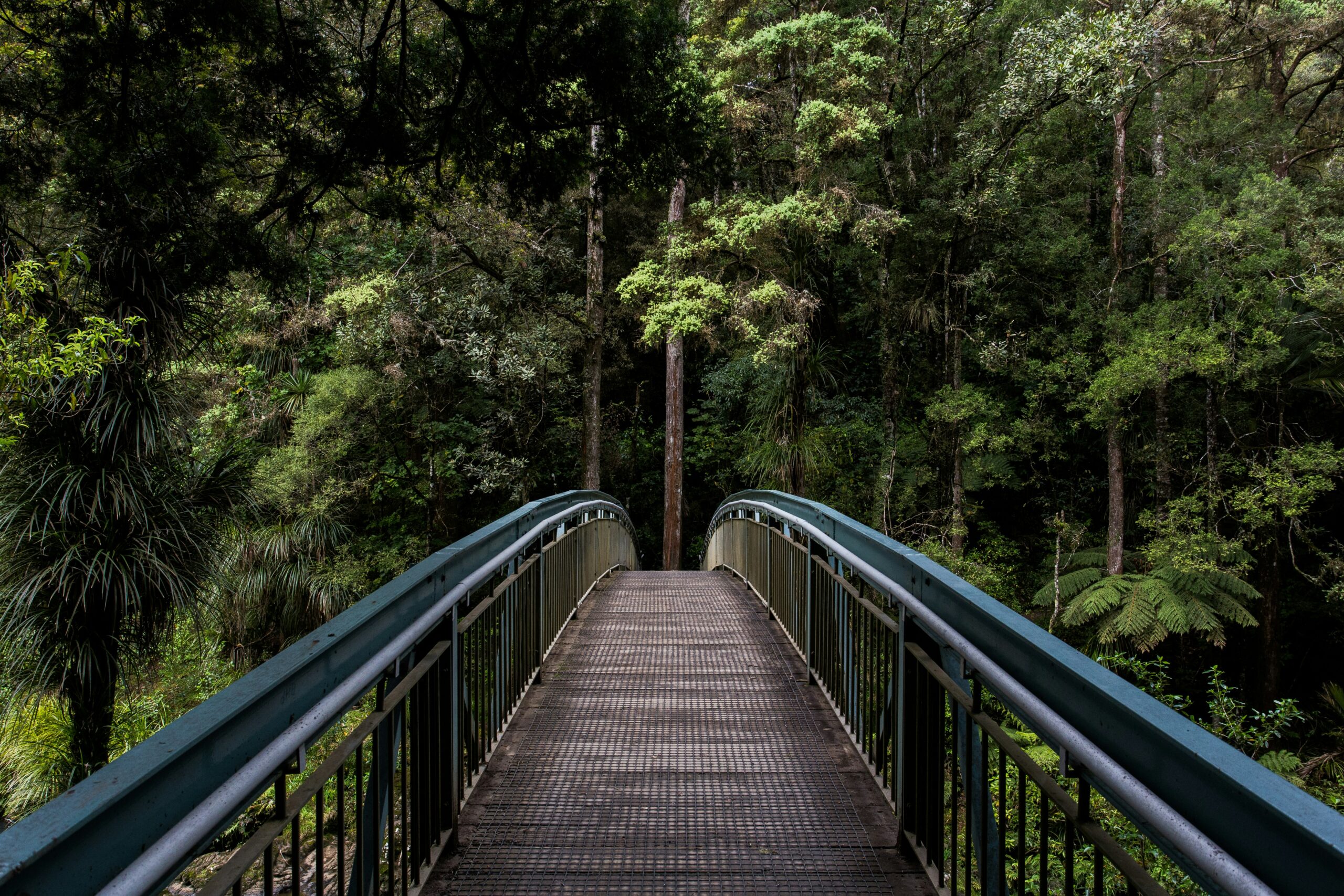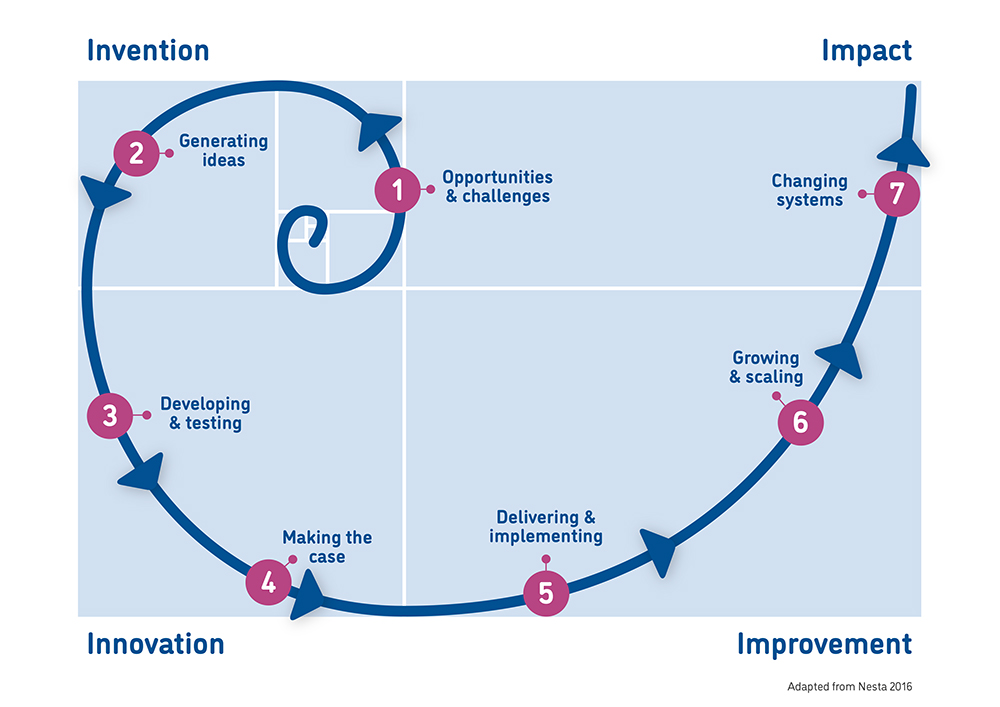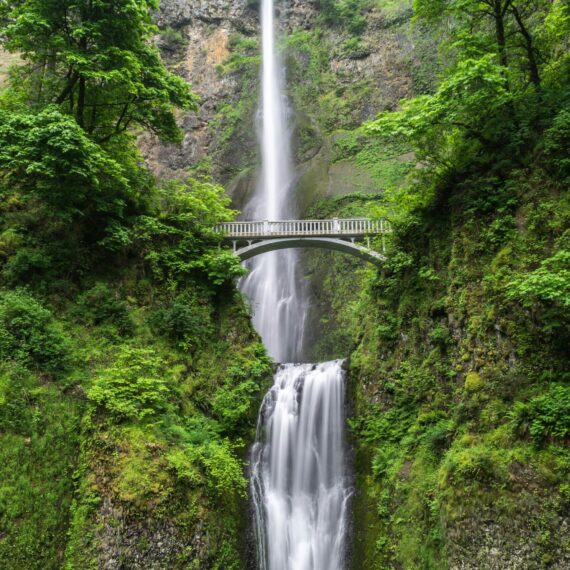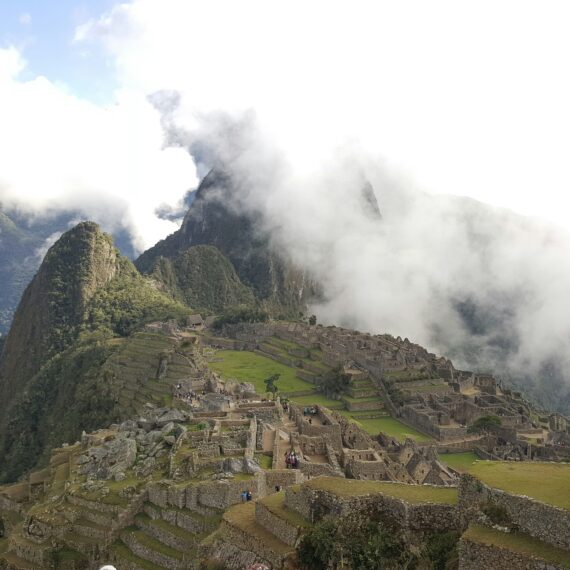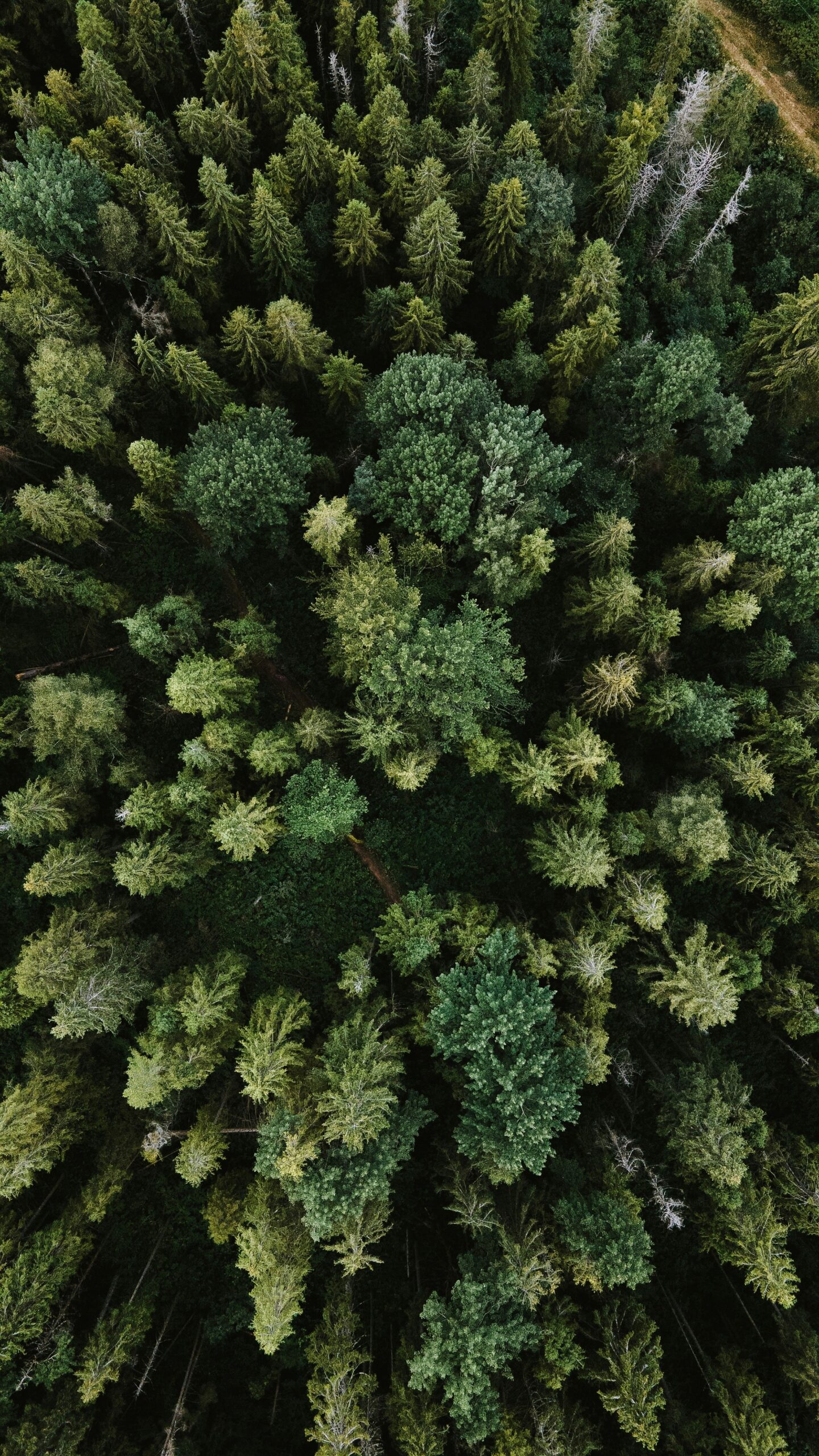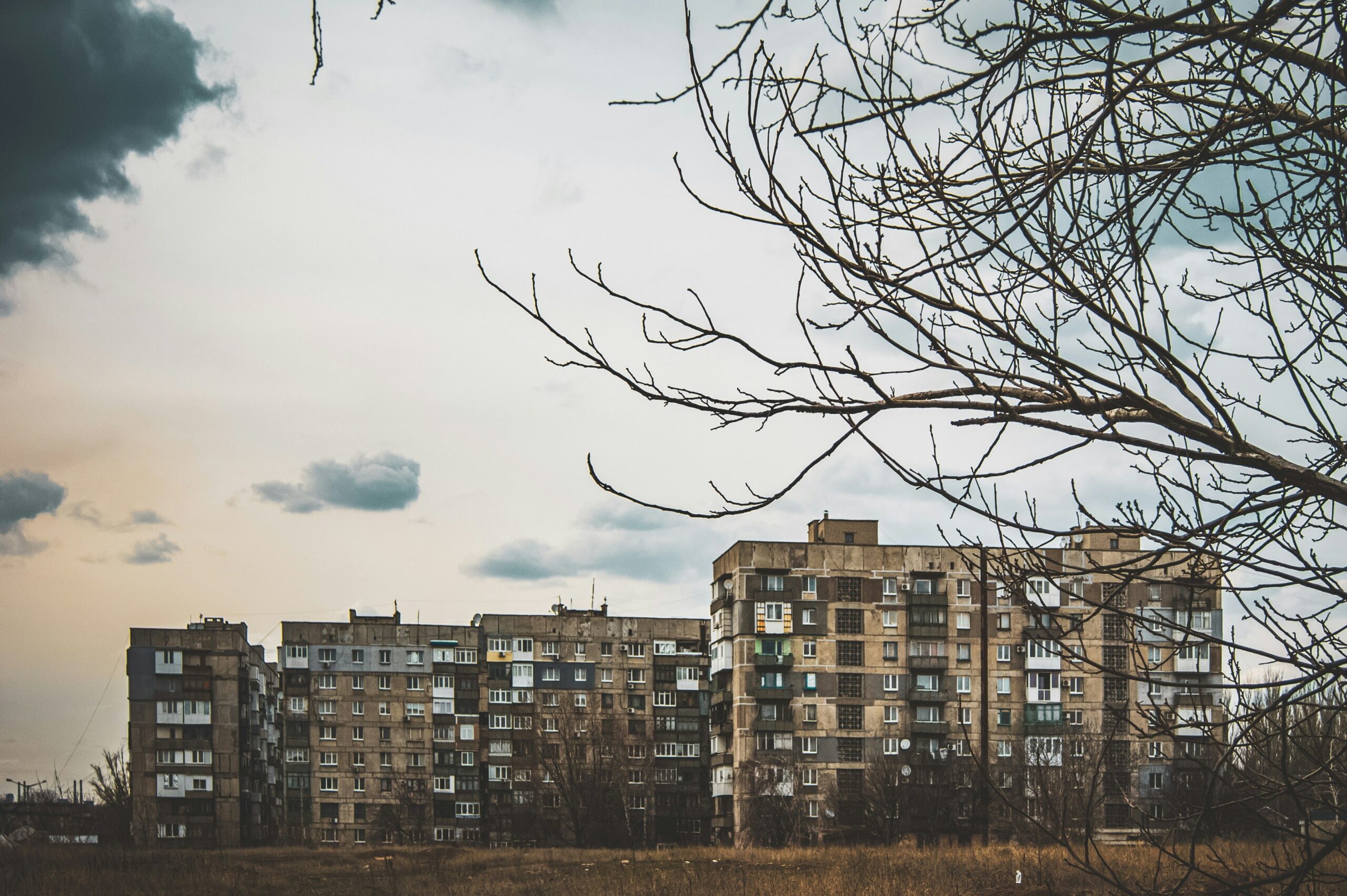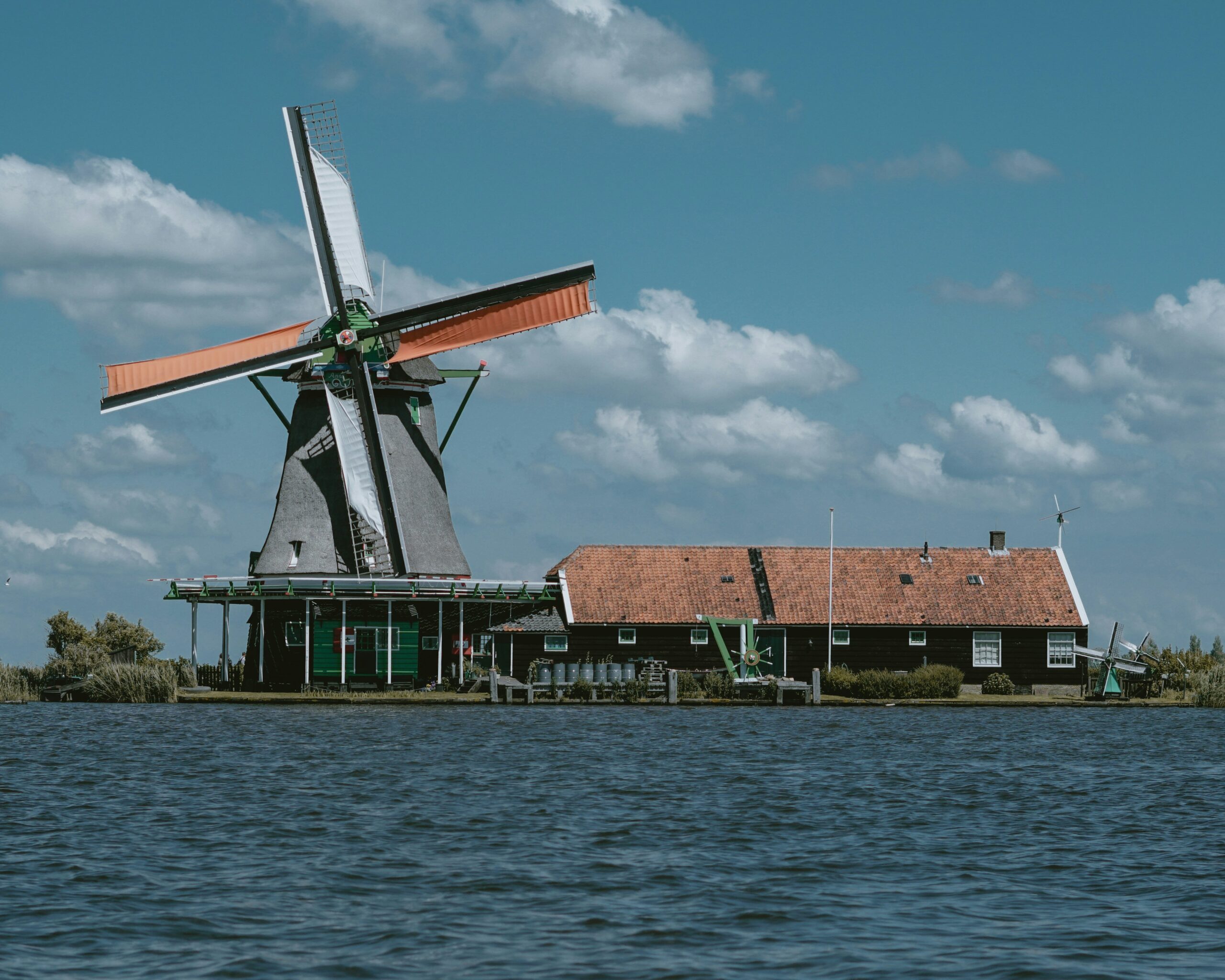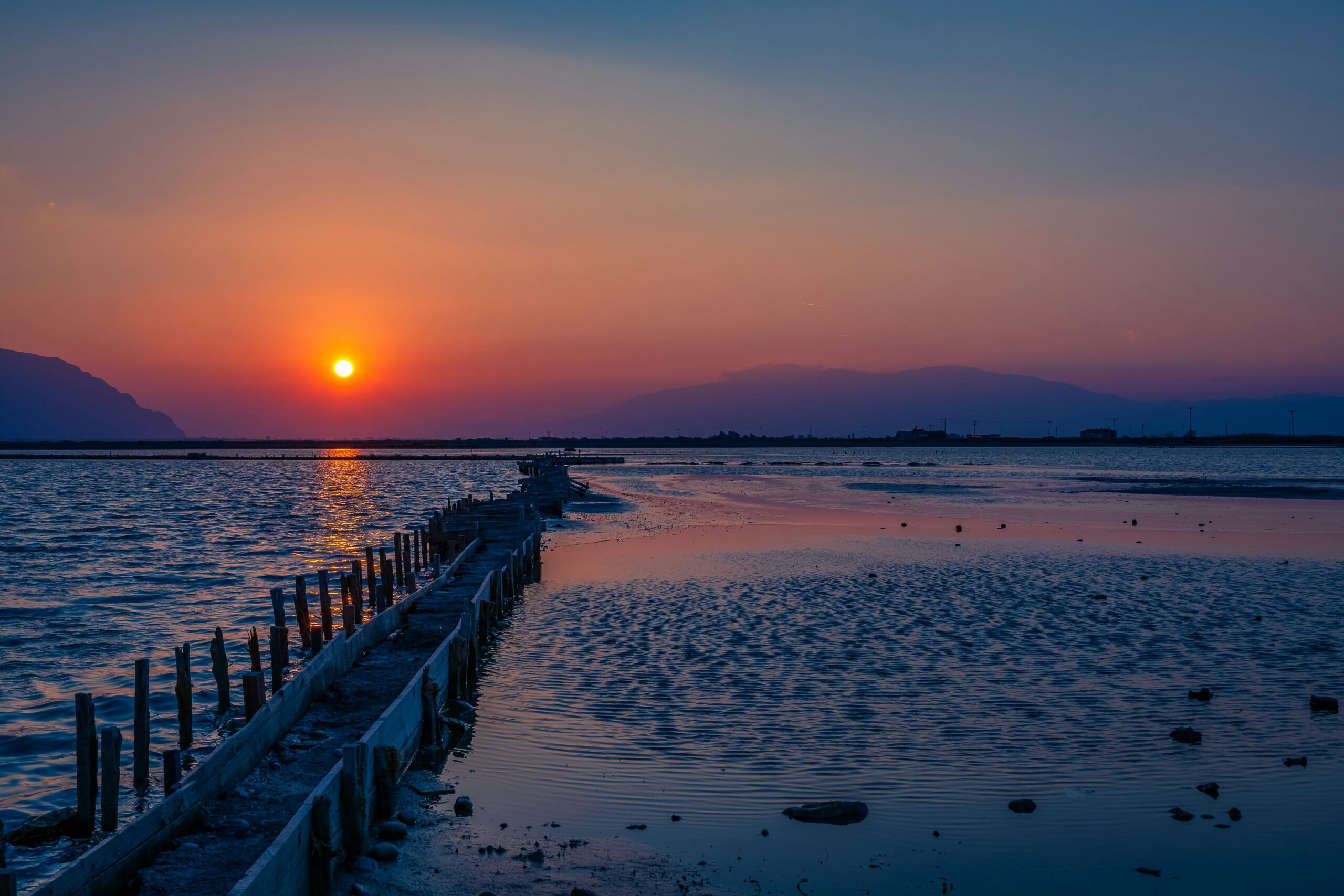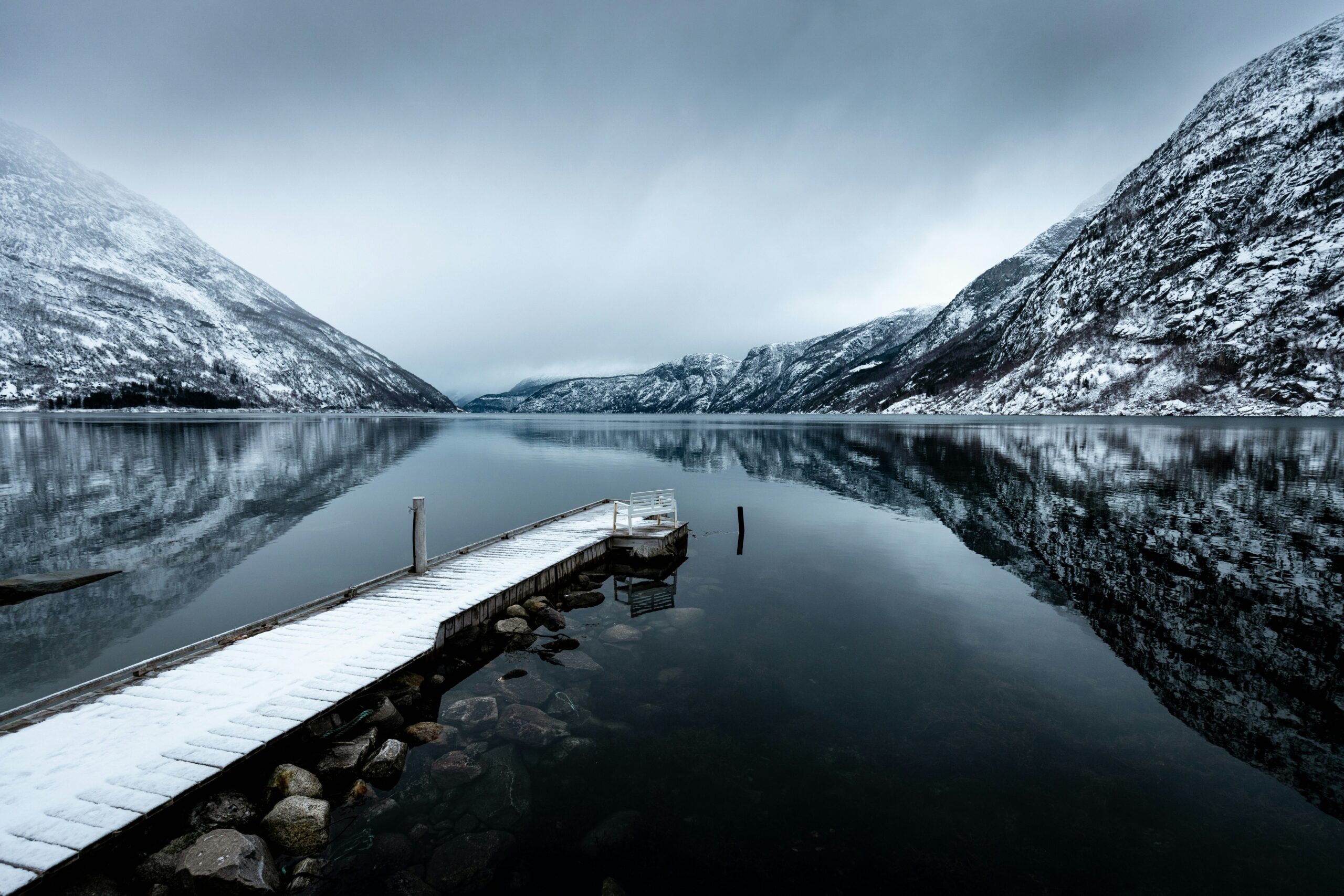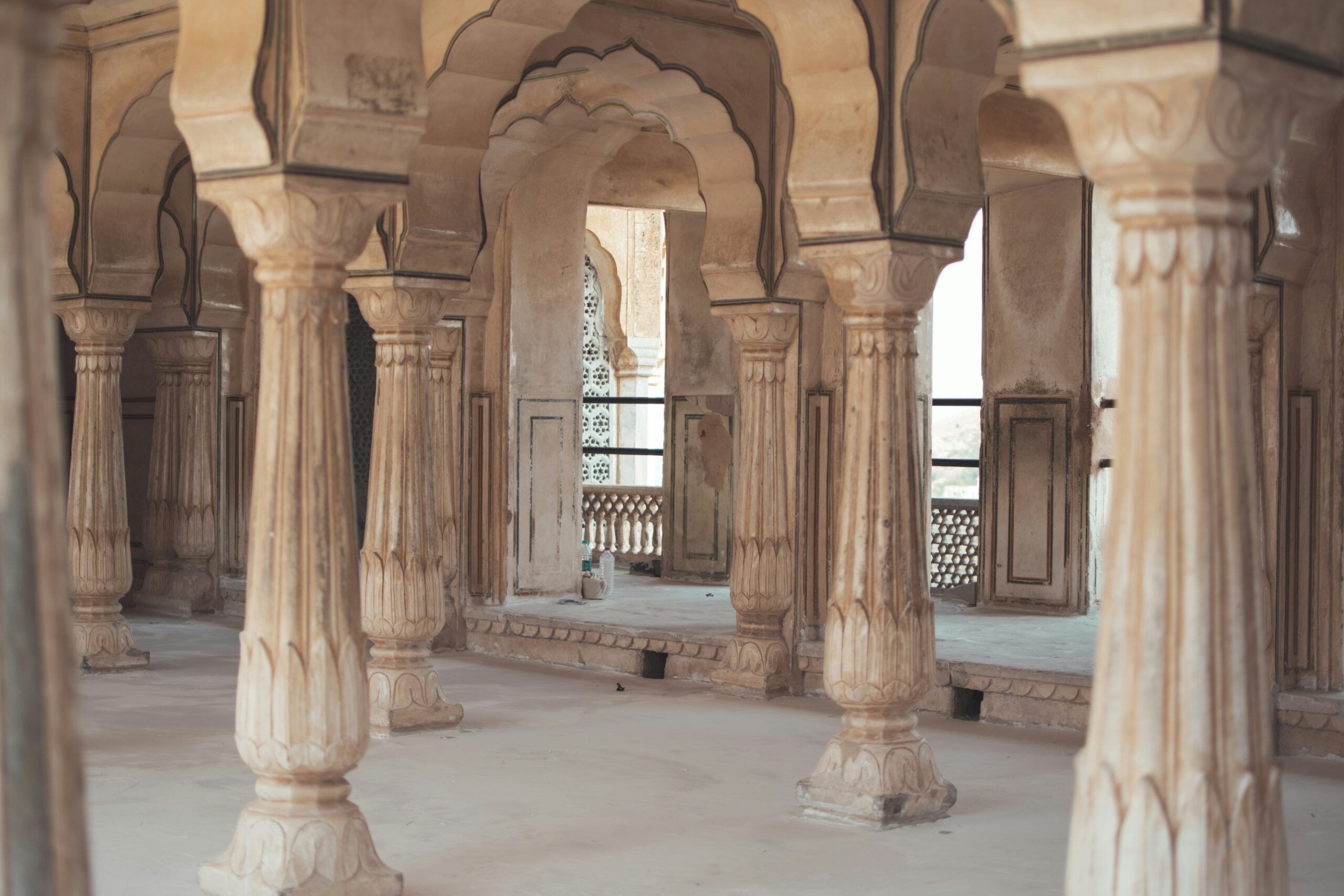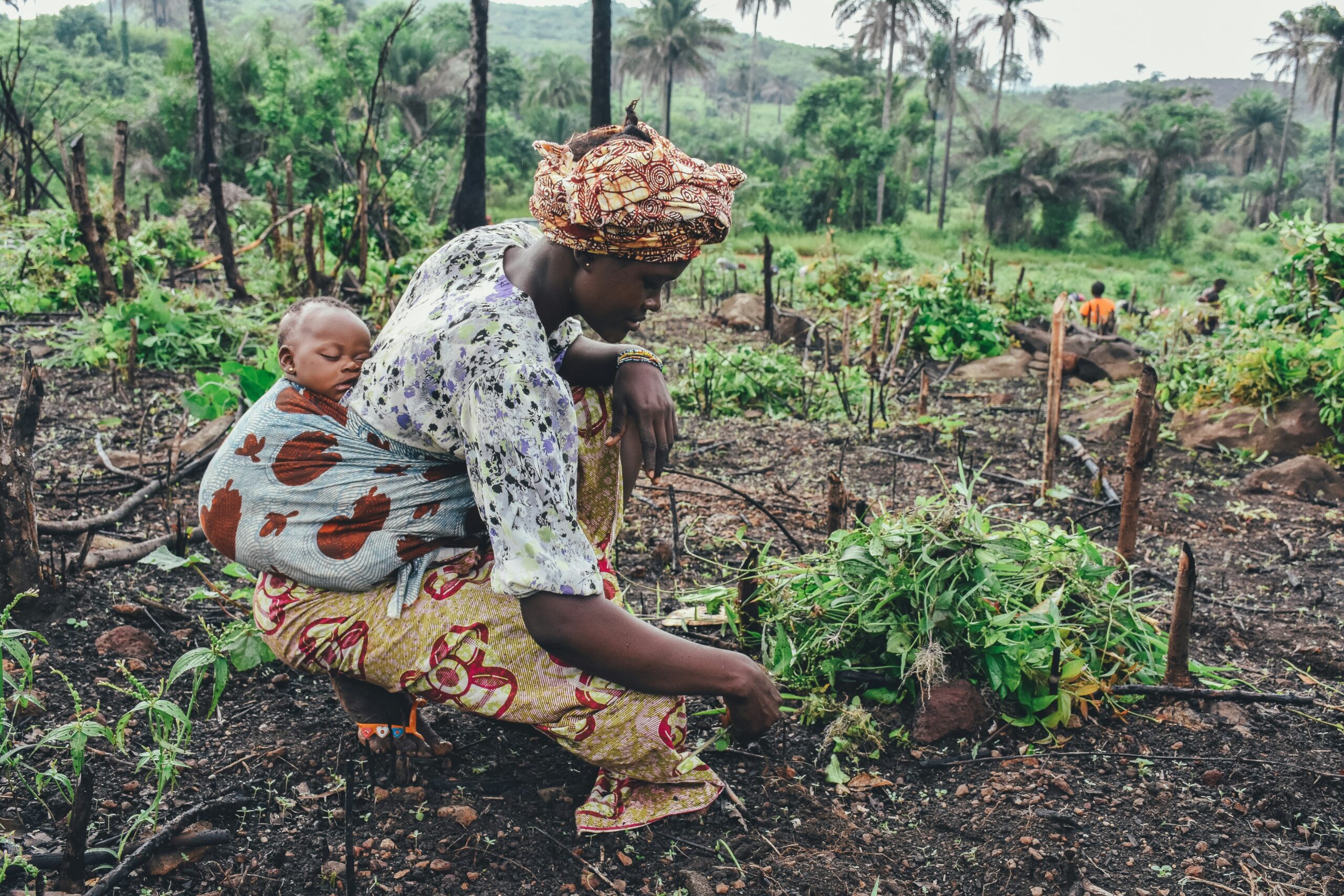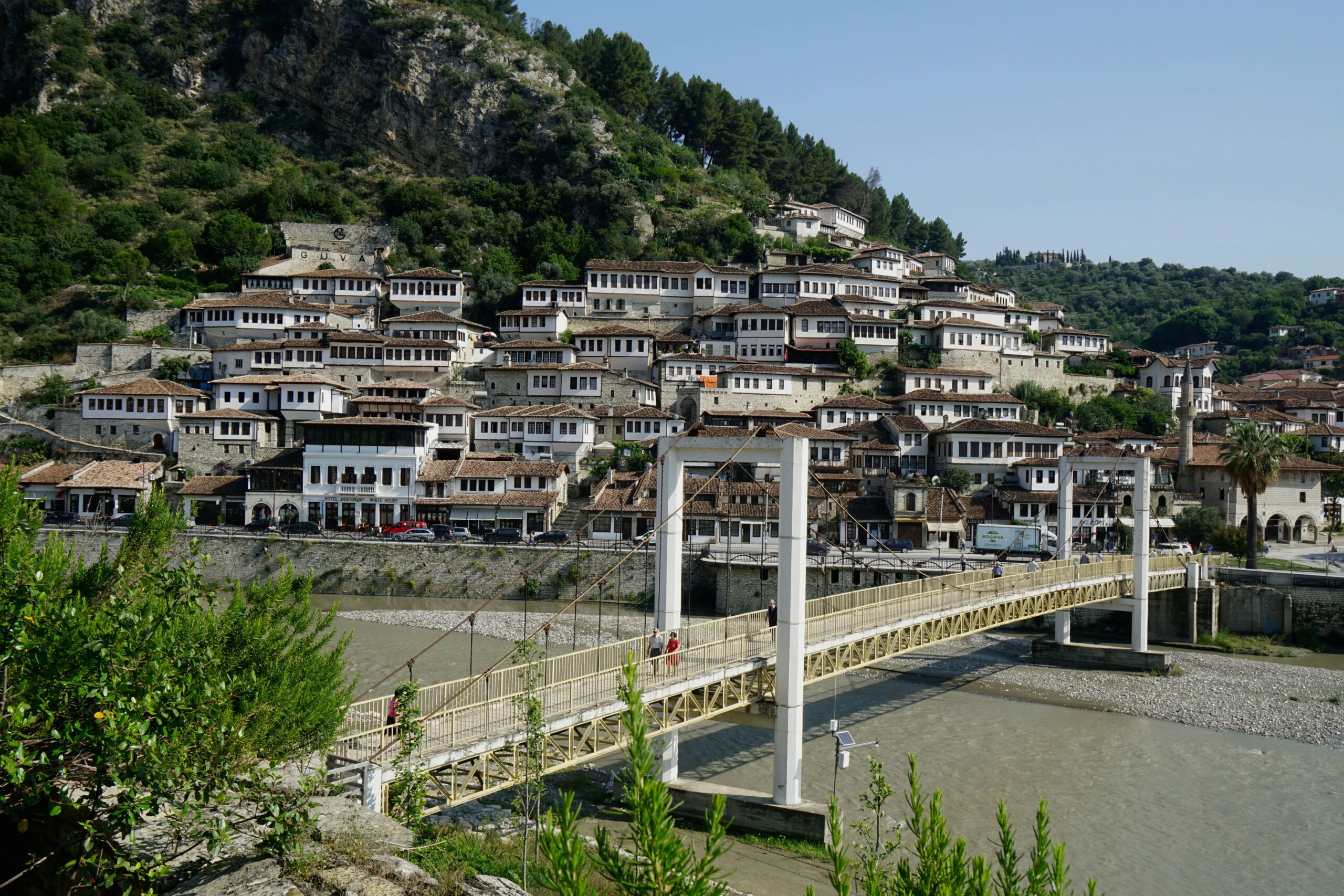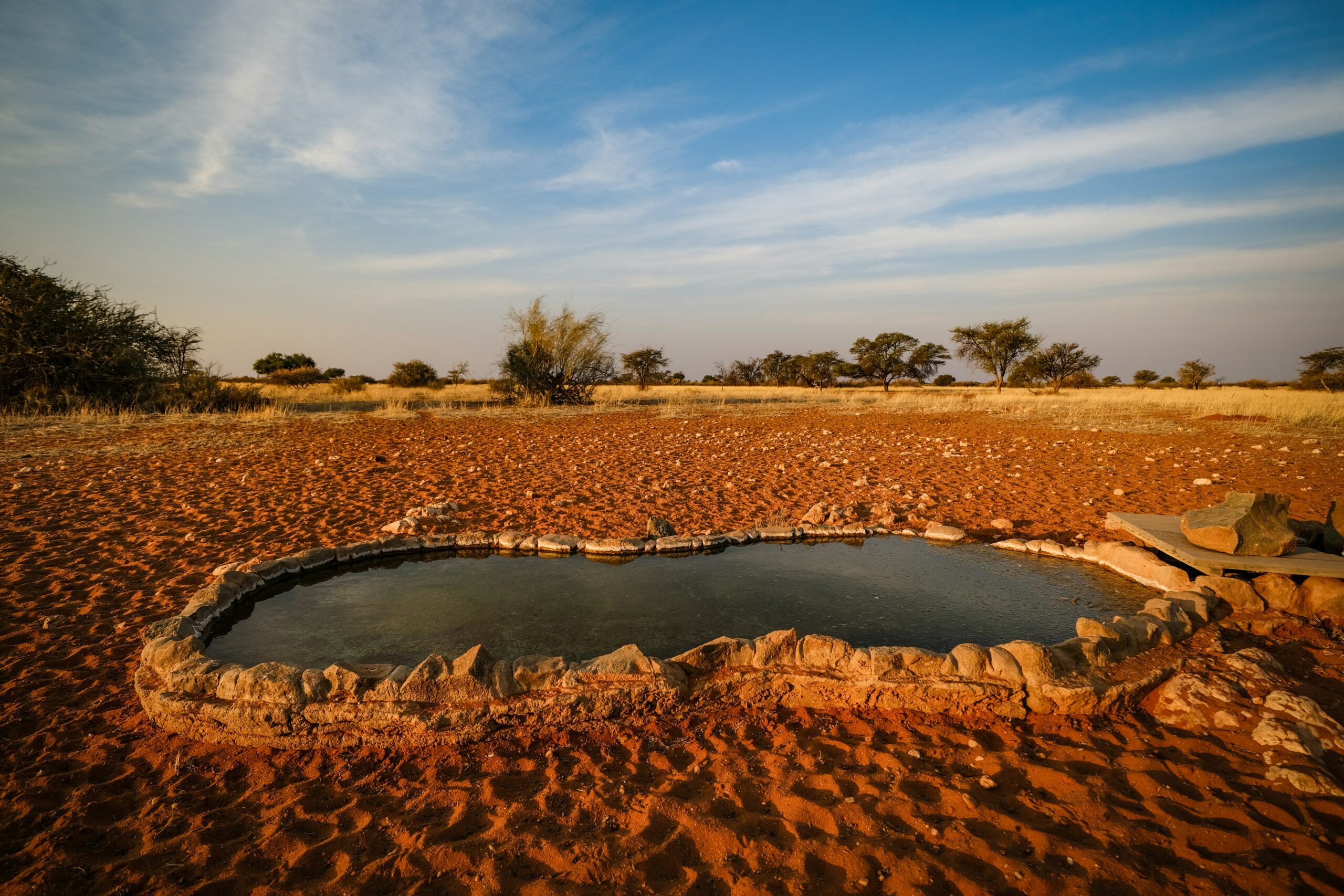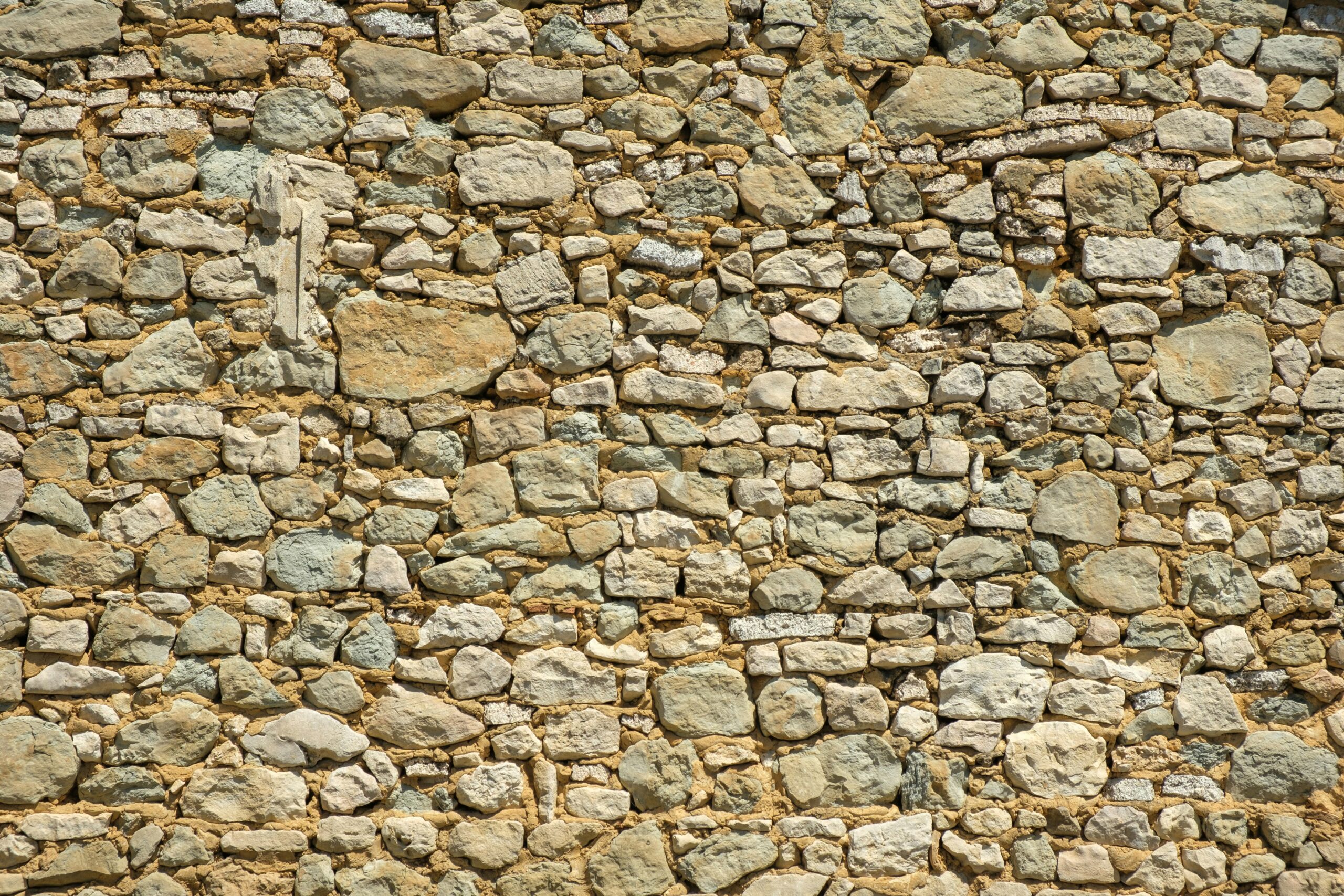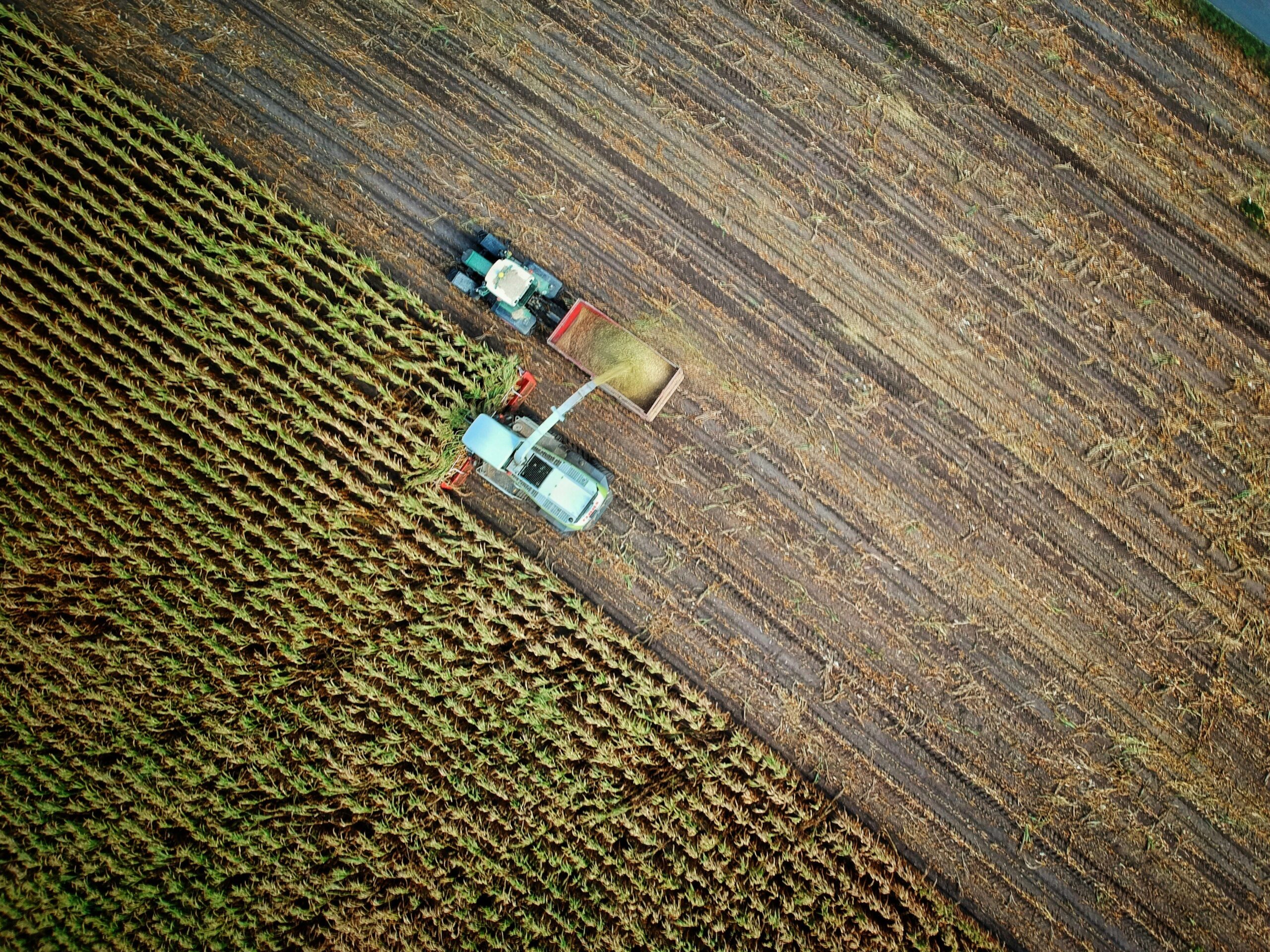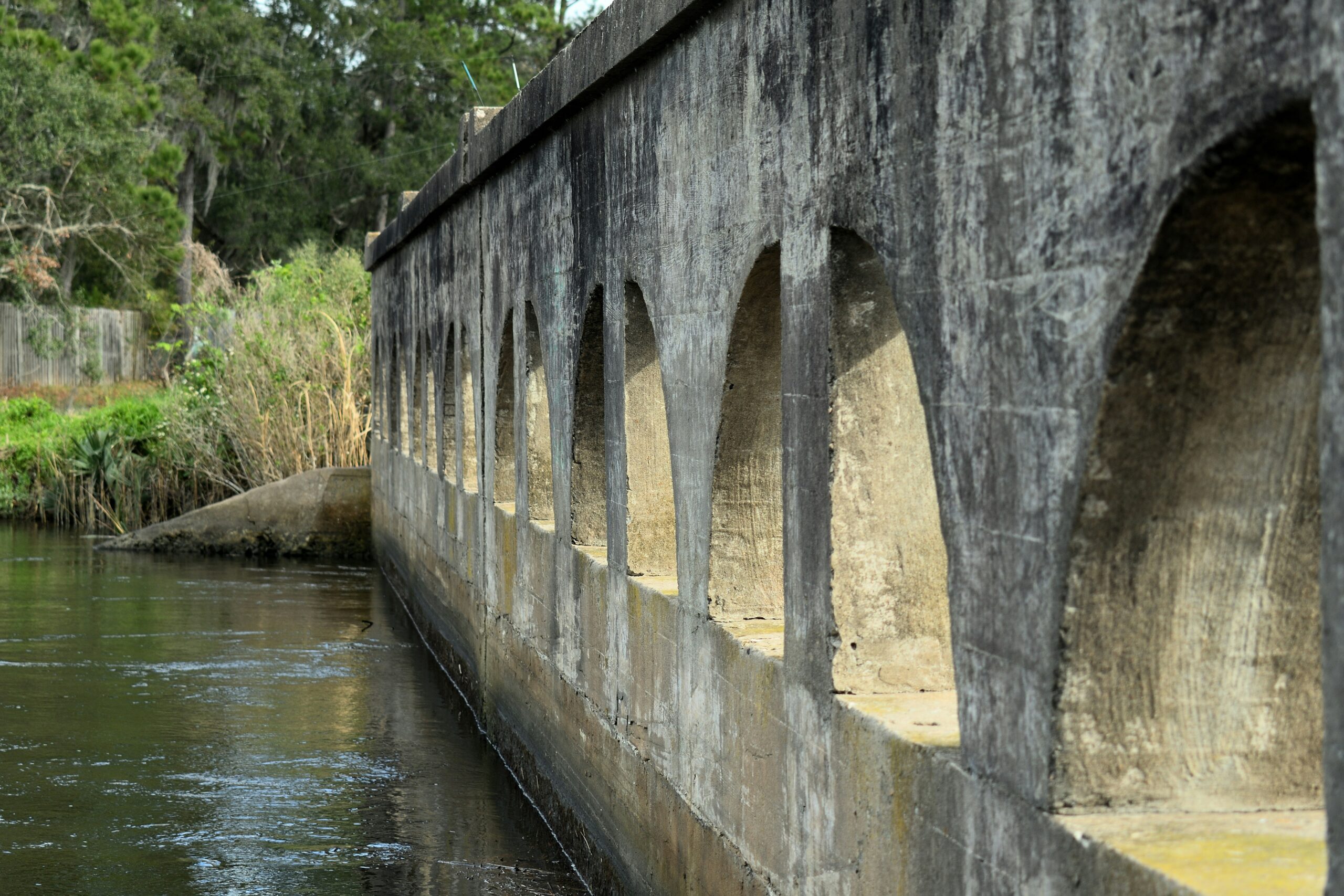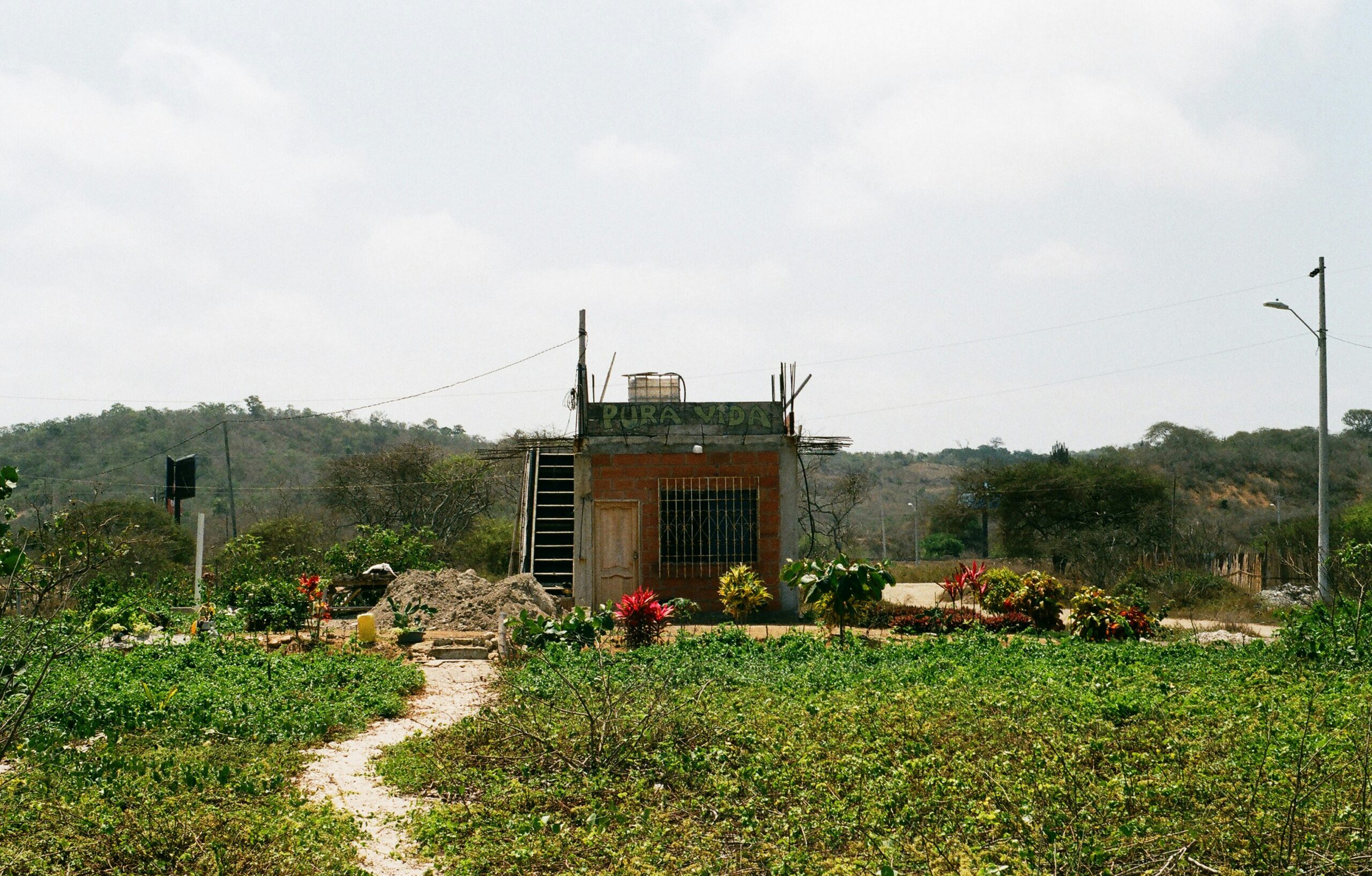
Towards a Transformative Heritage-Climate Nexus
The pathways presented above demonstrate that adapting and protecting heritage from climate extremes is not only feasible—it is already underway. However, scaling these efforts requires stronger networks, sustained funding,
participatory governance, and greater integration with climate policy frameworks.
The SD-WISHEES project continues to work toward widening and replicating these innovation pathways, while identifying new ones. Future activities will engage stakeholders across sectors to explore and share approaches on co- designing scalable solutions, validating findings, and informing joint R&I agendas at the national and EU levels.
By identifying, analysing, and supporting innovation pathways, SD-WISHEES contributes to bridging science, policy, and practice, fostering the uptake of research and innovation outcomes for the adaptation and sustainable
protection of cultural heritage under climate stress.
